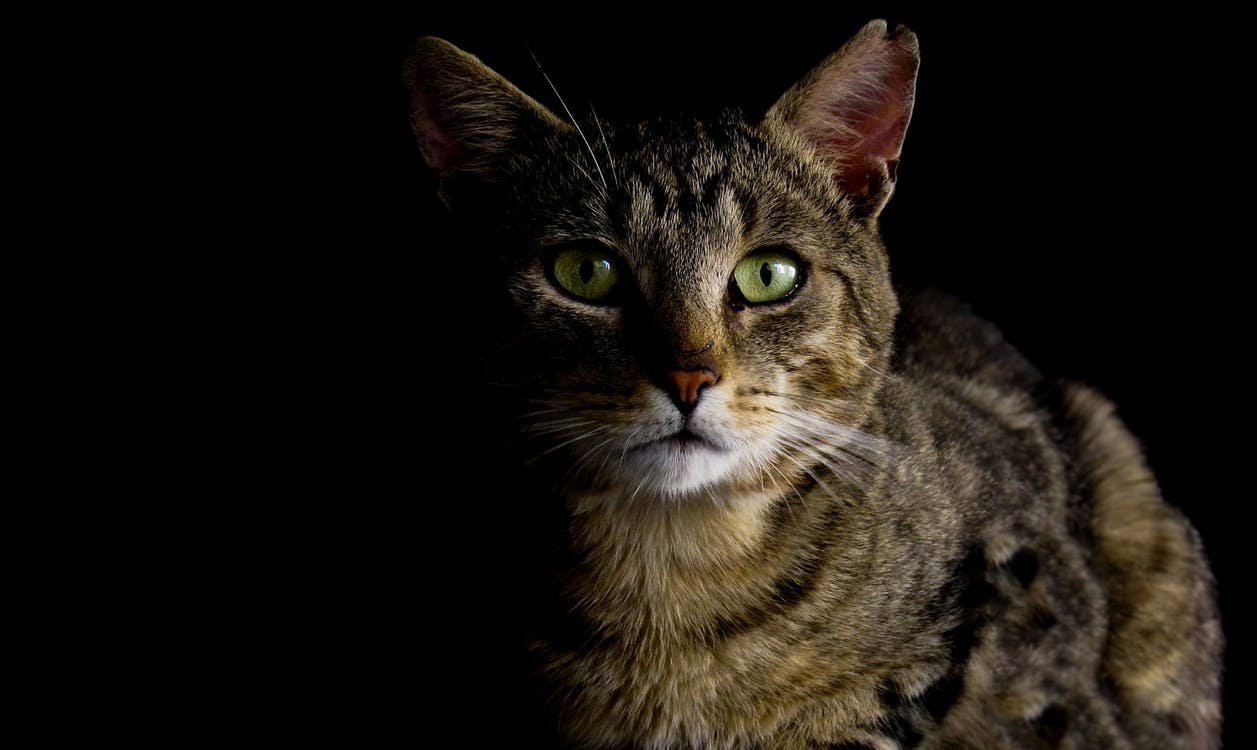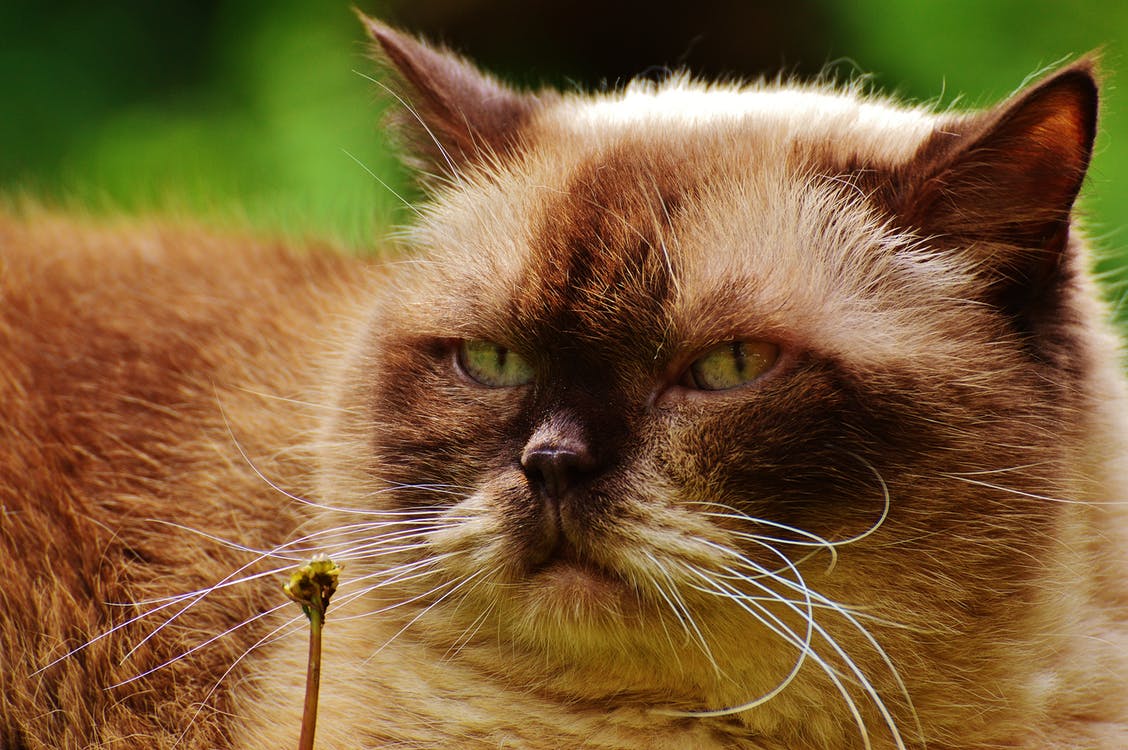Cats have many extraordinary attributes. Most of them can easily be explained and given a logical use straightaway.
However, you may not realize the use whiskers can have for a cat.
These tactile hairs, which are very sensitive, may grow on a cat's nose, above the cat's eyes, around its jaw, ears or anywhere else on its body.
Whiskers may be somewhat similar in appearance to a human mustache, but their purpose for a cat is far from purely decorative.
So, why do cats have whiskers? There are certain interesting characteristics of whiskers that help understand their usefulness.
1. Whiskers Are A Cat's Touch Receptors
Although people may think whiskers are similar to human hair, they are in fact rather different and of great use to cats.
These hairs are in fact touch receptors, a sensory tool for cats.
Each of these hairs has a follicle filled with sensitive nerves on their ends, which send signals to the cat's brain and notifies it about its surroundings.
These sensitive hair ends are called proprioceptors, and they are connected with the parts of the brain in charge of body position.
Through the help of proprioceptors in the whiskers, cats will know how to position and move their bodies in response to their immediate surroundings.
In fact, whiskers make it possible for cats to react so swiftly, as they detect each and every change in the cat's environment.
Because of this, it is never advisable to cut a cat's whiskers.
Whiskers provide certain security to a cat, and cutting them off, or trimming them for whatever reason, may result in the overall disorientation of your cat.
Some cats whose whiskers have been trimmed may even start acting as if in constant fright, because they can no longer use their touch receptors appropriately and react accordingly to their environment.
2. Whiskers Help Cats Analyze Their Environment
Whiskers help cats evaluate their immediate surroundings and are also one of the cats' features whose existence is deeply rooted in the life of their ancestors.
As cats originated in the time when much larger animals roamed the Earth, they had to adapt to a world in which they were in constant danger from various predators.
Whiskers helped these wild cats hunt during the night, when predators were not so active.

Owing to the existence of whiskers these cats could find food, as well as find their way on unfamiliar grounds during the night.
Today, although predators are less likely to threaten domestic cats, whiskers have retained its convenient features.
Whiskers still help a cat determine whether there are dangerous animals lurking nearby.
Whiskers help cats determine the position of their pray, as well as determine the distance they need to jump to get across a certain area or overcome an obstacle.
In addition, with the help of whiskers, cats can determine whether they can squeeze into a certain place, or crawl under a narrow space.
3. Whiskers Help Determine A Cat's Mood
These tactile hairs can also help you determine the mood of your cat, as their position may indicate how your cat is feeling at the moment.
If a cat is relaxing or is content in any way, the whiskers are most likely to be relaxed and motionless.

On the other hand, if a cat is surprised by something, whiskers are most likely to point completely forward.
Most likely if the whiskers are pulled back, they may indicate a cat is feeling threatened in some way.
Sometimes, when a cat is playing with a toy by chasing it, the whiskers may also point forward from the face.
This is because the cat is concentrated on catching the toy and completely focused on the hunting game.
However, in order to fully understand a cat's mood, it is advisable that you also take into account the position of the cat's ears and its tail.
Whiskers are a vital feature for a cat.
They act as touch receptors and they help a cat assess its immediate surroundings, avoid obstacles and danger, as well as find its way in the dark.
The position of whiskers are also a useful indicator of a cat's mood.
What is most important about whiskers is the fact they should never be trimmed, as this would greatly affect the health and well-being of your cat.



[…] Their whiskers, which are found on their feet and face, are what help them sense movement and gather information about objects around them without seeing looking. […]